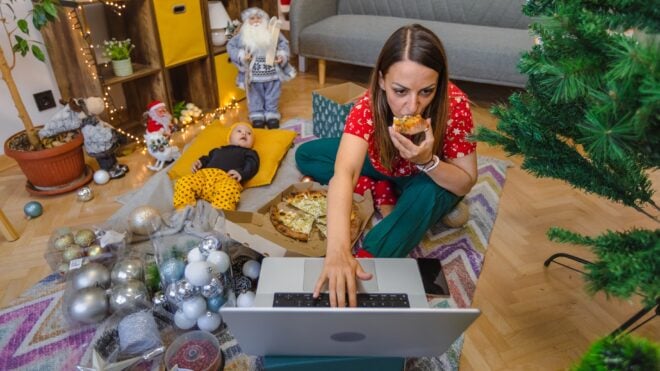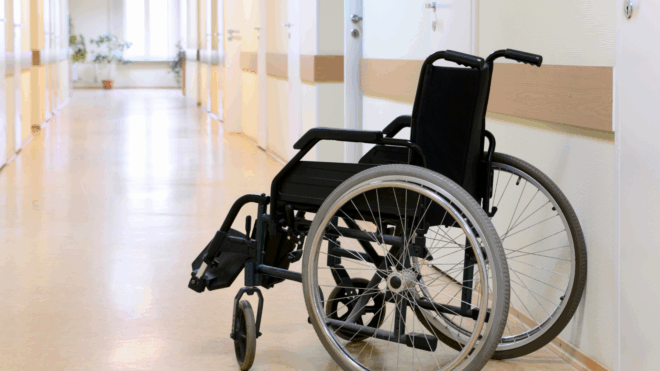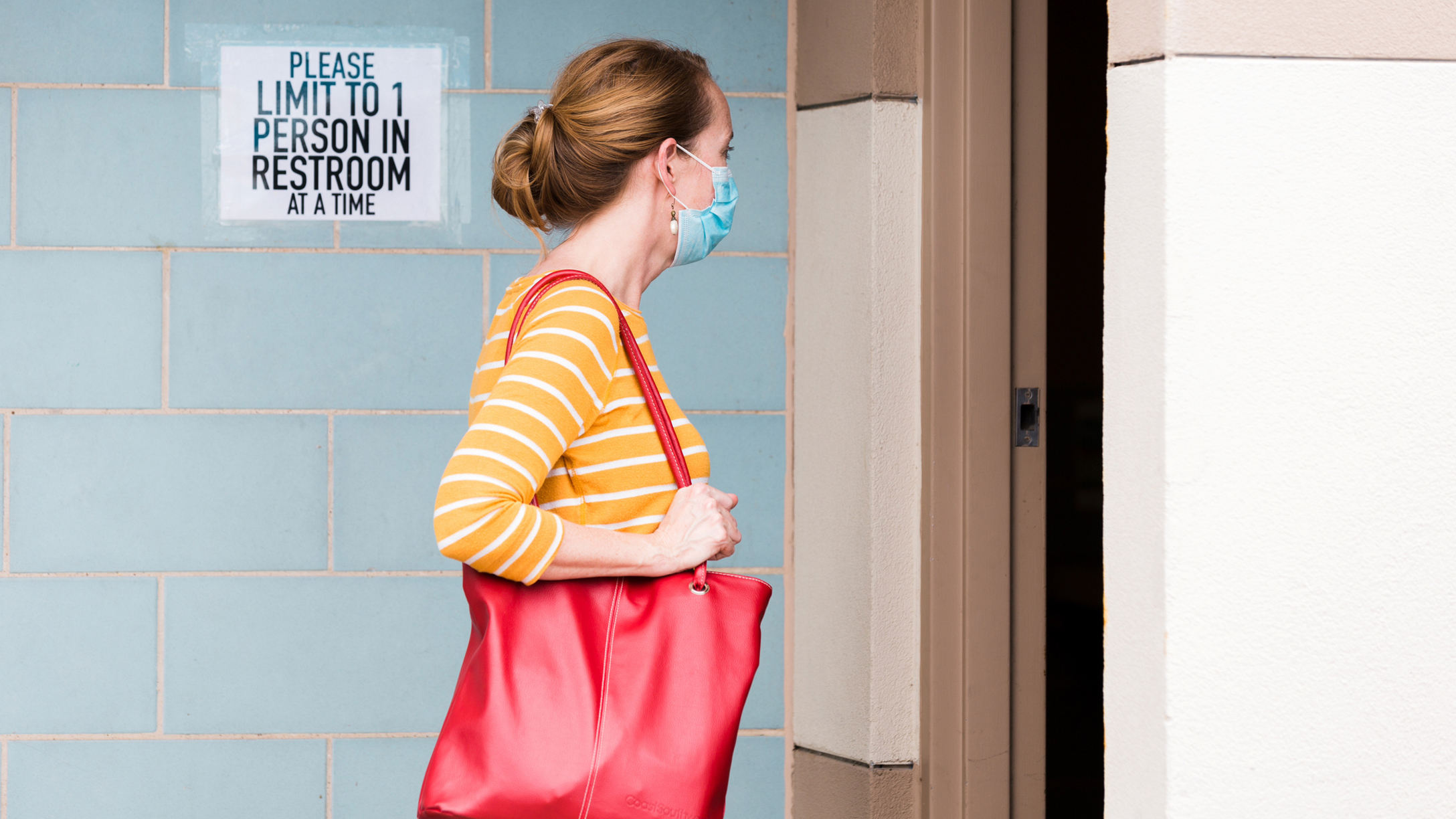
In this article
While the pandemic rages on, creative parents are finding ways to enjoy the summer with their kids outdoors. Some brave souls are even dining out and taking summer road trips. But if you stay out for any length of time, there will be a moment when nature calls — and you and your kids will be faced with the reality of avoiding COVID-19 in a bathroom.
The news on COVID-19 aerosols
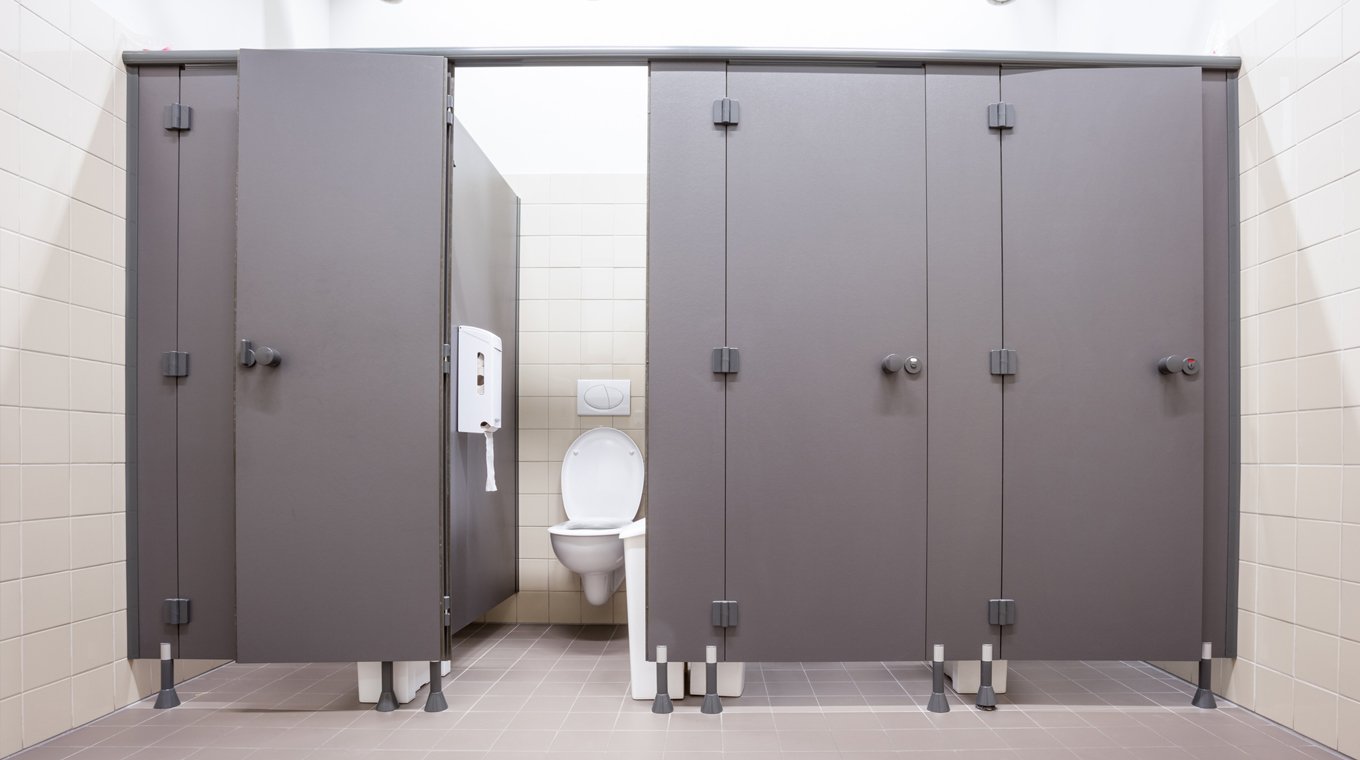
There is a debate among researchers on whether COVID-19 is transmitted through tiny aerosol droplets from an infected person’s breath, that remain suspended in the air long after the person has gone.
But there’s another way that people shed the virus.
“Researchers have found that the new coronavirus, SARS-CoV-2, can be shed in feces for up to a month after the illness,” reported The New York Times. “That’s longer than in respiratory samples, though how much of that time the virus could be causing infections and whether the virus has infected humans through fecal waste isn’t yet known.”
A recent study published in the journal Physics of Fluids resulted in a flurry of news articles warning about how the simple act of flushing a toilet can contribute to the spread of the novel coronavirus.
The study measured the aerosols generated by the flush of a toilet and the study noted that the “results are alarming in that massive upward transport of virus particles is observed, with 40%–60% of particles reaching above the toilet seat, leading to large-scale virus spread.”
Why public restrooms are a COVID-19 problem
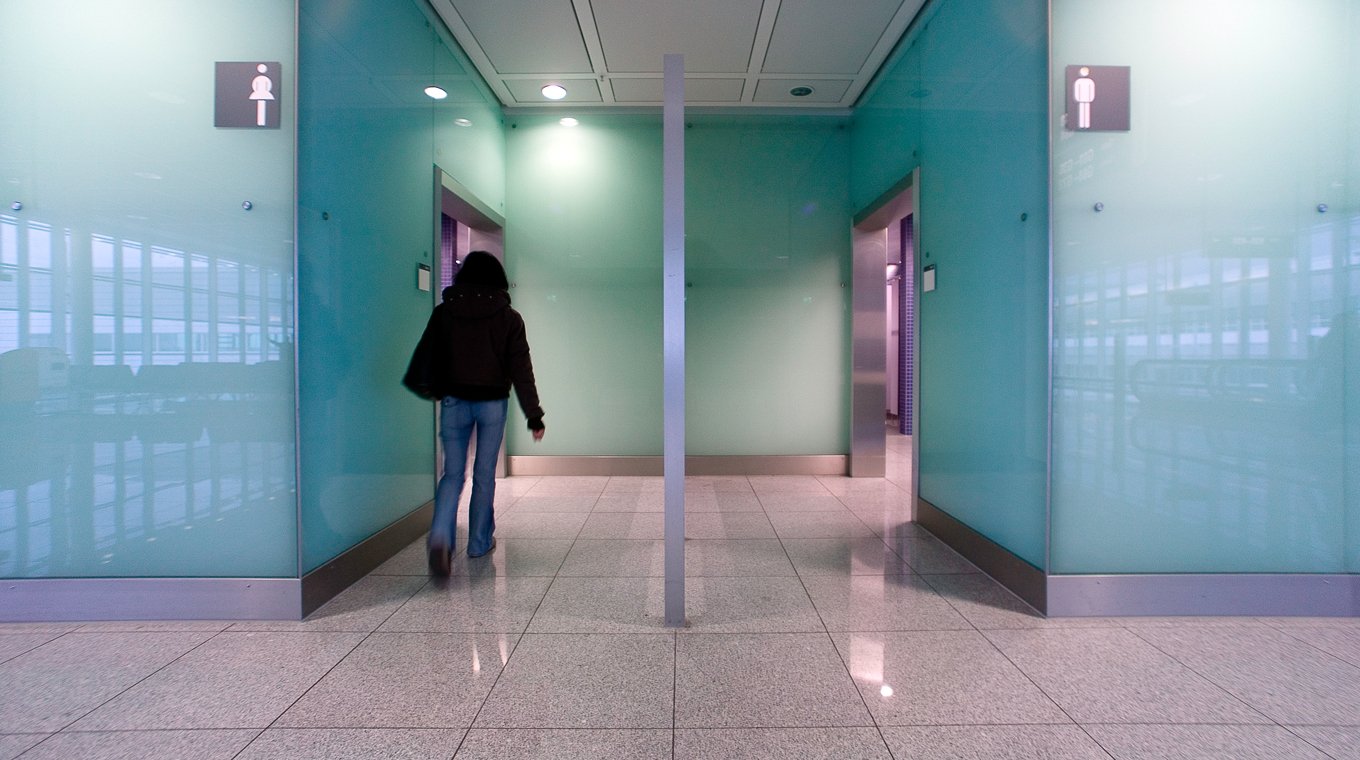
Last month, New York State’s Commissioner for Health Dr. Howard Zucker reminded reporters about taking caution in pubic facilities. “The virus can spread through fecal contamination and you should keep the lid down,” he said at a press conference.
That’s good advice for the home. But most US public bathrooms don’t have lidded toilets.
University of California epidemiologist Dr. George Rutherford thinks the fear of spreading the virus via flushing is overblown. He pointed out to the San Francisco Gate that the study did not measure coronavirus transmission, and that so far, there have been no reported cases of COVID-19 infections from feces.
But Dr. Rutherford believes that public restrooms pose other risks. “It’s all about density. If there’s a big, long line and everyone’s standing around talking, yes, that’s a risk. You need to avoid those sorts of situations.”
Microbiologist Ali Nouri sums it up like this: "If you don't have to use the public restroom, don't," he told CNN. "Bathrooms are enclosed spaces, and they don't have windows. So the virus, in an environment like that, is just going to linger."
Shared bathrooms also have the same problems as other public spaces: You are exposing yourself to everything left behind by any number of people who have been in the facility before you. Counters, door locks and handles, and sink faucets are all surfaces that may be hosting the virus, and unless there is a team to sanitize the place after each use, you need to be wary of what you touch.
How to minimize your risk
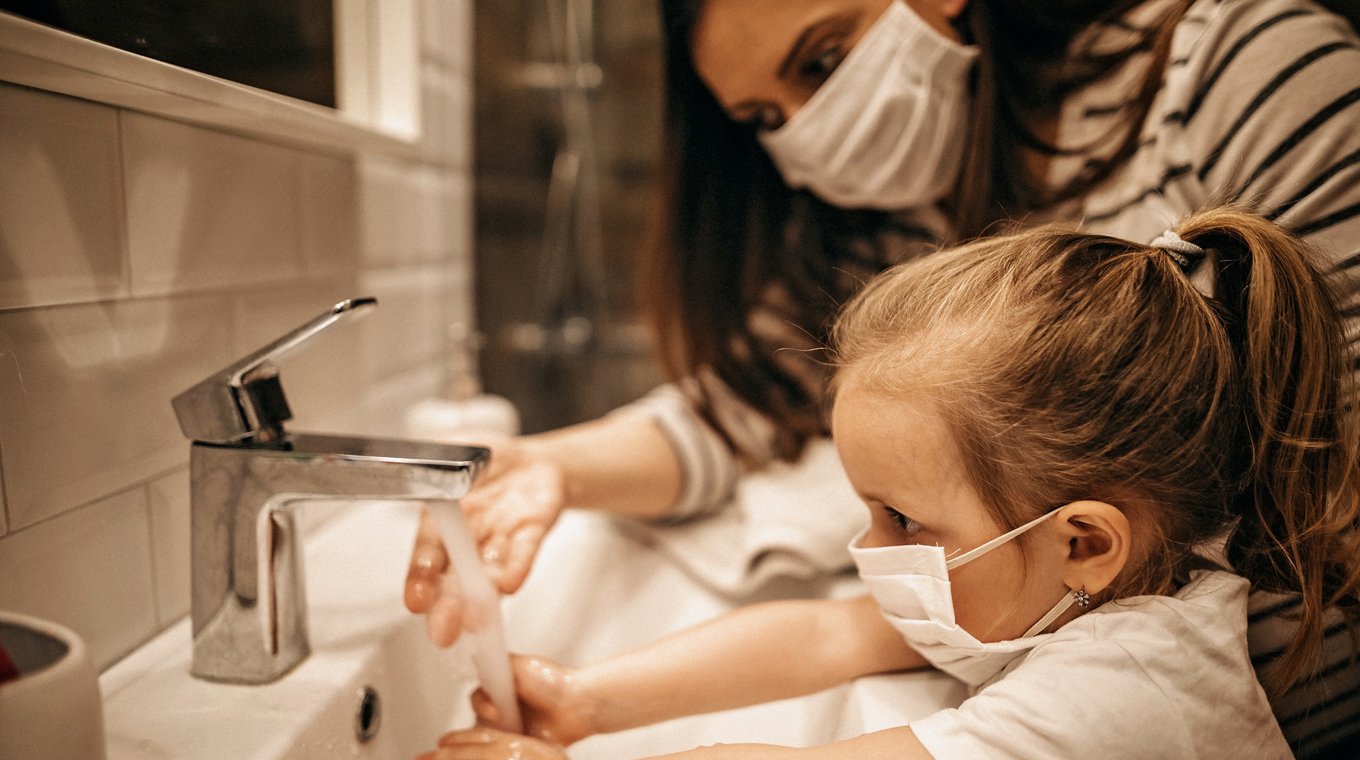
But there are going to be times when you and/or your child are going to have to use public facilities.
Faith Jackson of California has figured out an elaborate public restroom routine to stay safe. “I make sure my mask remains on before entering and I put on some disposable gloves. I keep my sunglasses on to protect my eyes when I flush," she told Mom.com.
But her precations don't stop there. "I turn the water on before I take off and properly dispose of the gloves, turning them inside out," Jackson continued. "I wash my hands for 20 seconds and use a paper towel to turn off water, before grabbing another couple paper towels to wipe my hands. I then use the same paper towels to open the bathroom door, and use my foot to keep the door open and make a half court shot with the paper towel to the wastepaper basket.”
She added, “I have to be honest though. I miss some of my half court shots.”
Dr. Tanya Altmann of the American Academy of Pediatrics is also a mother of three, and she shared the guidance she gives her young kids with The New York Times. “Don’t touch anything, Mommy will do it all for you,” she said.
Here are some guidelines for taking the kids to a public restroom:
- Parents should do all the touching of surfaces, with a wipe, gloves, or a paper towel.
- Wipe down door handles and toilet seats with a sanitizing wipe.
- Parents should open the door (with a wipe), lay down a toilet seat cover, place child on the seat, flush, and help them wipe.
- Parents and children both wash hands thoroughly.
- Avoid bathrooms with hand dryers, because they can also spread the virus. Use paper towels to dry.
- If your kids are still in diapers, pack some plastic garbage bags you can use to create a clean mat for the changing table. (When you’re done, just roll the dirty diaper and wipes in the bag and toss away.)





